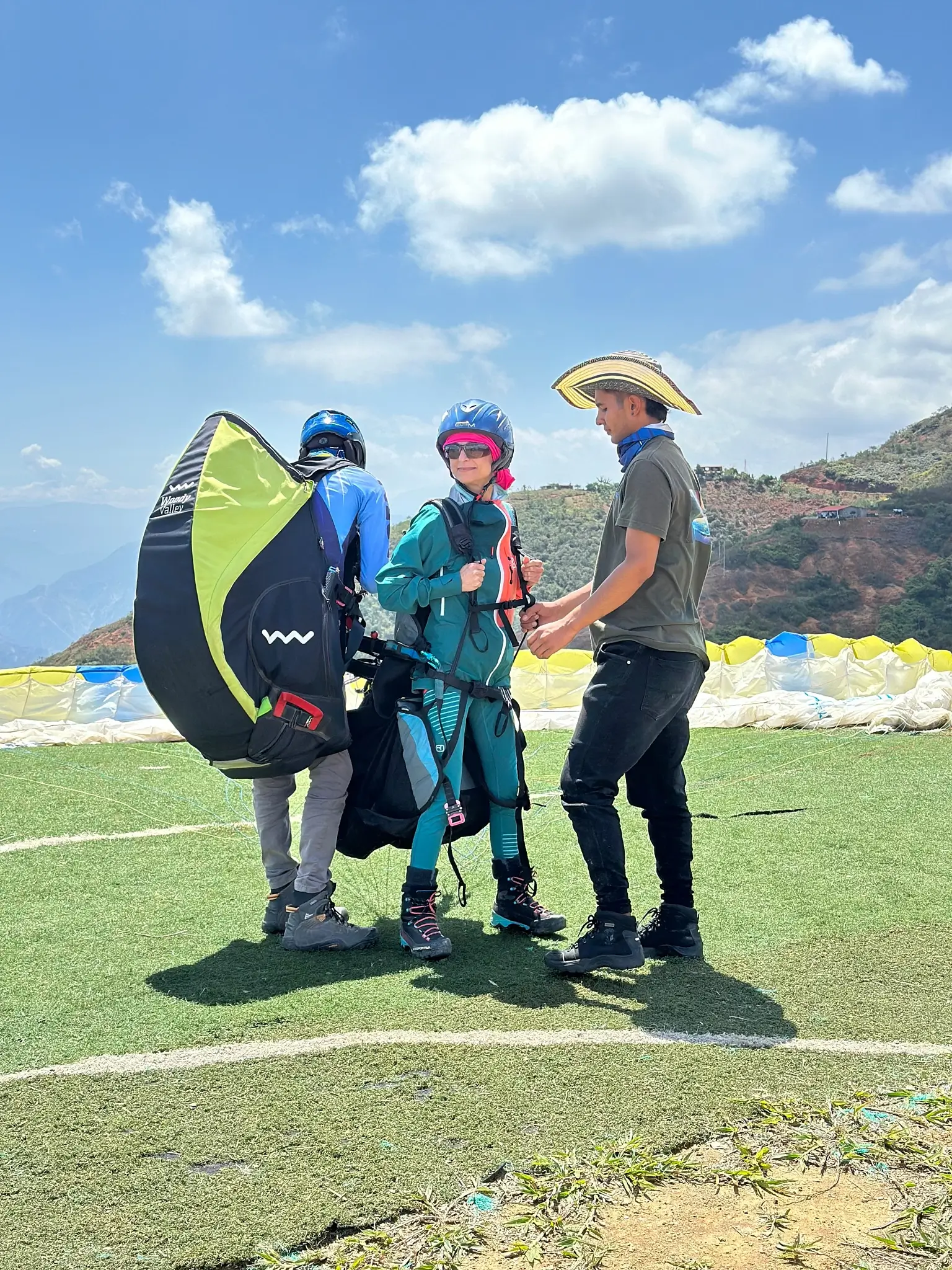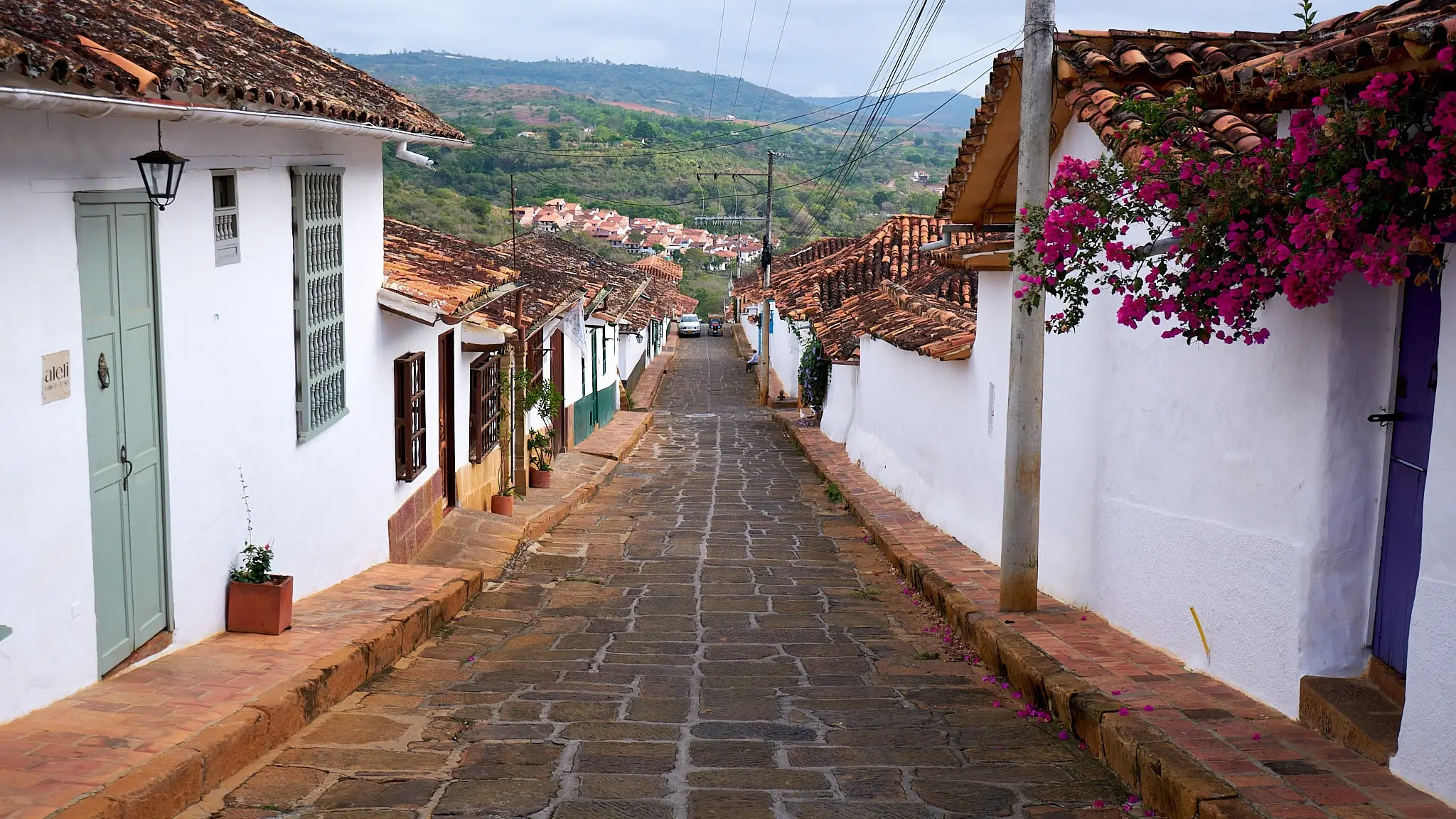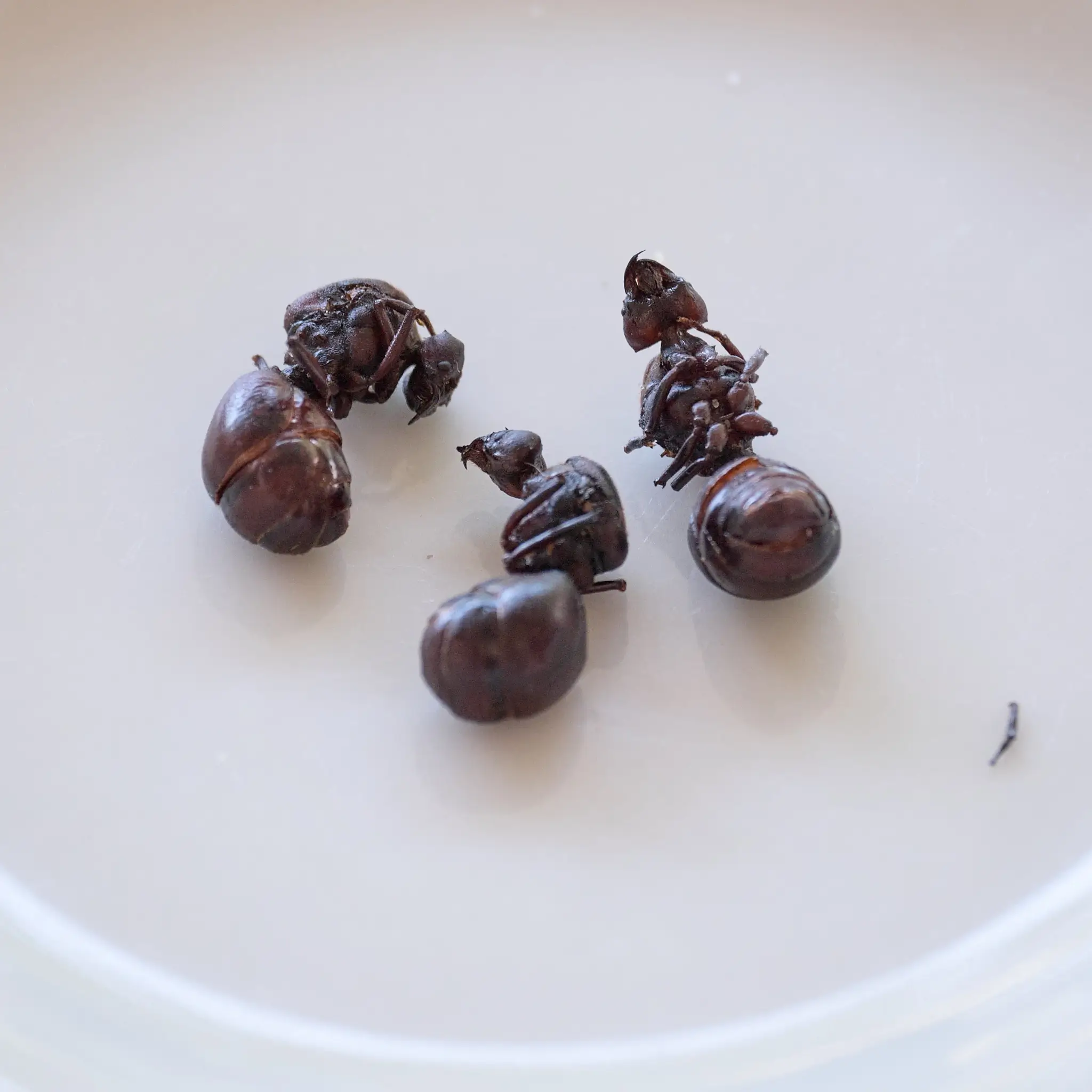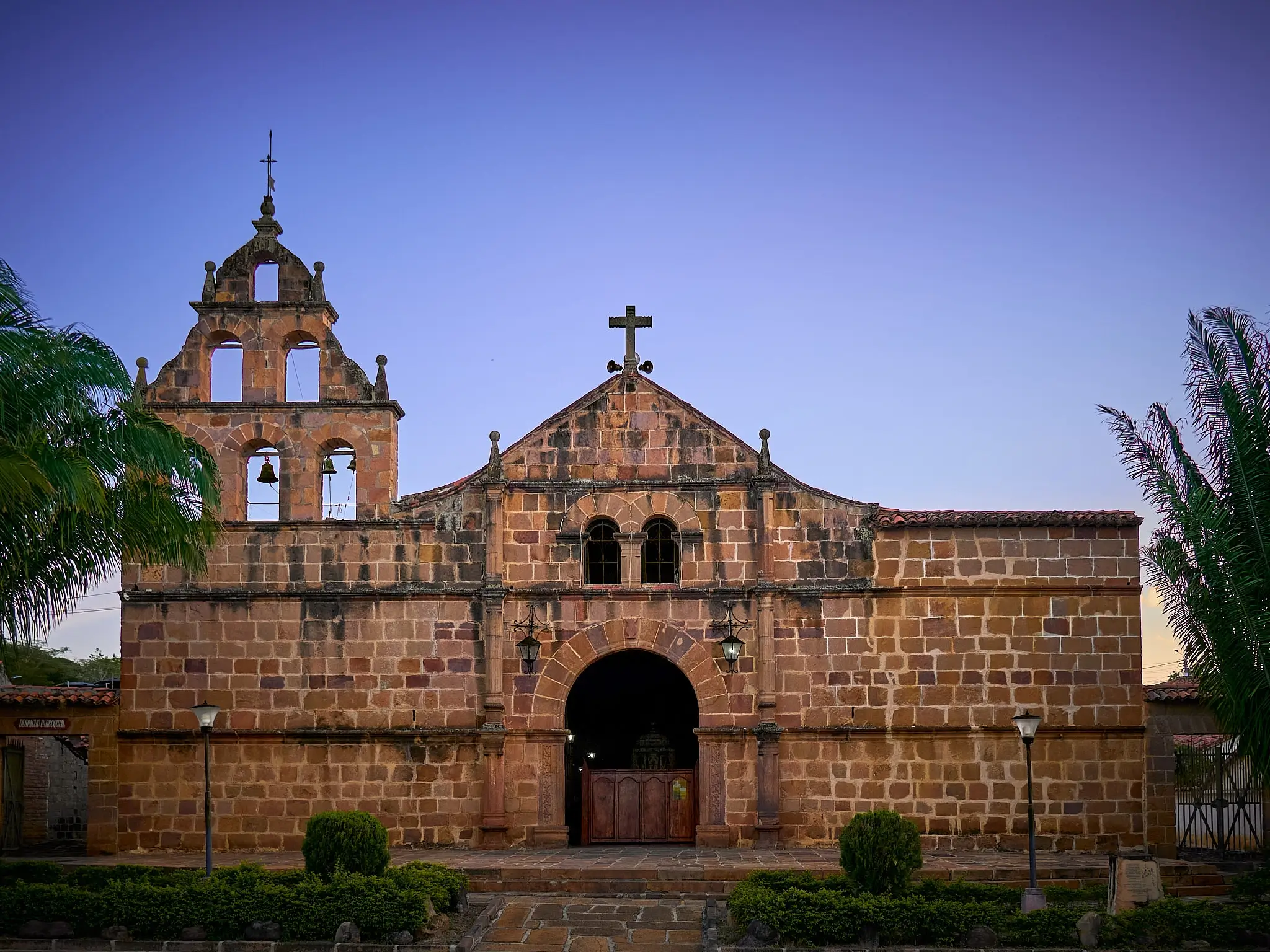Hey there, my friend! So happy to see you back—and truly grateful, too.
This latest chapter of Tamara’s diary is packed with adrenaline-fueled adventures and, let’s say, some rather unique culinary experiences! Today, get ready for an exhilarating paragliding flight over a breathtaking canyon, along with hikes through stunning waterfalls and mountain landscapes.
Ready for the journey?
We are in San Gil, the Colombian capital of extreme sports, in the heart of the Santander department.
An Andean region where rushing rivers, imposing waterfalls, and majestic mountains offer a haven for those seeking adventure and adrenaline.
The “Barba de Viejo”1 drapes the trees with gray filaments, like an ancient veil hanging from the branches, giving me the impression of walking through enchanted forests as I head toward the Juan Curí Waterfall. Among smooth rocks and moss, 180 meters of water cascade into a crystalline pool, and the roar of the falling water blends with the murmurs of locals who come here to bathe.

But my heart beats for something I have long desired: my third paragliding flight, this time above the Chicamocha Canyon, which, with its 2,000-meter maximum depth, is the second-largest canyon in the world—a breathtaking spectacle that captivates the eyes.
The day is perfect: the sun is shining, and a gentle breeze brushes my face. From the grassy slope, an awe-inspiring panorama opens up, inviting me to take flight. I put on the helmet, while a young man helps me fasten the harness. Behind me, the wing lies on the ground, ready to lift. I start running toward the void, feeling the wing tugging me backwards, but my legs keep moving until they lift off the ground. My body rises, light, and in an instant, I find myself suspended between sky and earth.
The noise of the world fades, replaced by the whistle of the wind through the parachute’s ropes. The pilot, with expert movements, uses the thermal currents of warm air to carry us higher and higher, and I lose myself in the immensity.
The impressive Chicamocha Canyon appears and disappears, now on my right, now on my left.


Without reference points, the earth seems to turn upside down. I can no longer tell if it’s me spinning or the landscape rotating around me, in a disorienting vertigo that makes me lose all sense of direction.
After fulfilling my wish, I head to Barichara. I get off the bus in front of the ocher facade of the church, with its two bell towers disappearing into the low clouds. I walk slowly, searching for my lodging as I navigate the fog-draped alleys. The atmosphere is suspended. Then, the mist lifts, revealing the outlines of clay and lime houses, a testament to the hardworking past of artisans and master builders. Wooden-framed windows overlook cobblestone streets that gleam under the recent rain, reflecting the dim light of the late afternoon.
When the sun returns the next day, I realize how every corner of the village invites contemplation, from the viewpoints offering views of the mountains to the alleys leading to tiny hidden squares. Everything flows slowly; the ancient stones whisper stories of a past rooted in both indigenous and Spanish culture, which continues to gently pulse in the present.
I spot a sculpture depicting a large ant, the Monument to the Hormiga Culona, standing proudly in the town, a tangible testament to local pride in a rather unique gastronomic tradition: eating these insects. So, I decide to try these giant ants, which are harvested during the breeding season and then roasted with salt—a delicacy, or so they say.




I had hoped to reach Guane by walking a stretch of the “Camino Real,” the famous 42 km trail that connects Cabrera to Los Santos, passing through Barichara and Guane. However, the weather changed my plans. So, instead of trekking, I decided to negotiate a ride on the carrito, a colorful three-wheeled vehicle. Behind the wheel is an elderly man who, downhill, speeds around the curves as if he’s in a race, while uphill he relies more on prayer than the engine. “Will we stop halfway?” I wonder, as I see him grip the steering wheel and glance at the sky, hoping that God will send us a miracle… or at least a little push!
White houses with red tiles stand against the mountains, while farmers return from the fields with muddy boots, followed by a few stray dogs begging for attention. The past breathes in the silence, and beauty intertwines with the simplicity of life. Under the red evening sky, everything seems to slip into sleep as I return to Barichara.

Take care and talk soon!
1 “Barba de Viejo” (Usnea) is a lichen belonging to the Usnea genus, commonly known for its long, grayish filaments that cover the branches and trunks of trees.